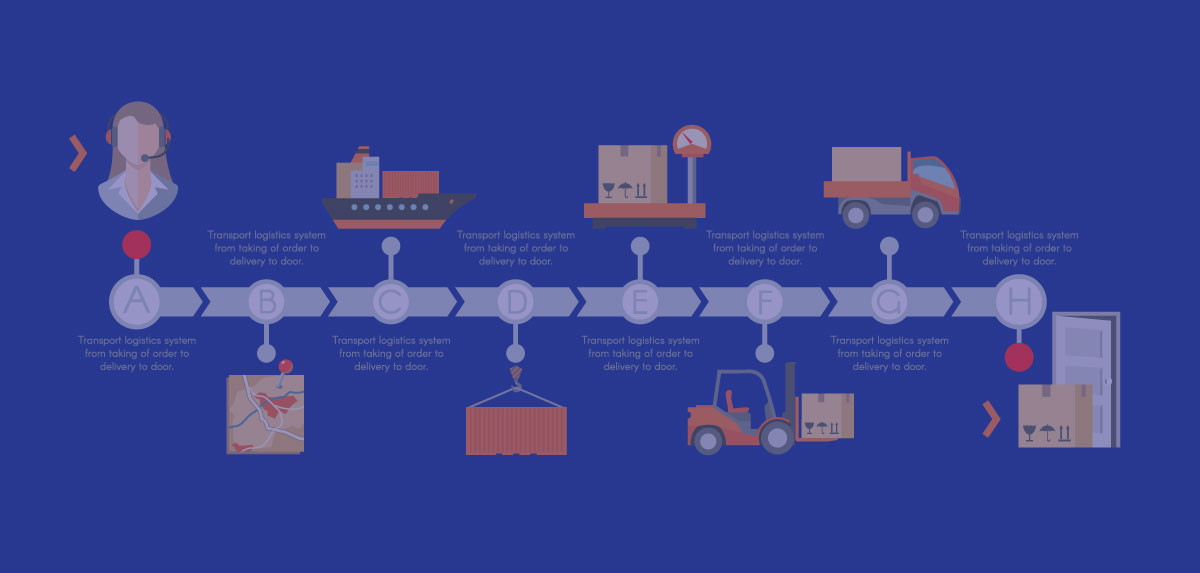How do you use inventory forecasting techniques to anticipate demand and reduce stockouts?
Inventory forecasting techniques are valuable tools to anticipate demand and minimize stockouts. Here’s how you can utilize these techniques effectively:
- Historical Data Analysis: Analyze historical sales data to identify patterns, trends, and seasonality in customer demand. Use statistical methods such as moving averages, exponential smoothing, or regression analysis to forecast future demand based on past sales patterns.
- Demand Segmentation: Segment your products or services based on their demand patterns. Categorize items into groups with similar characteristics, such as high-volume, low-volume, seasonal, or trending products. This segmentation helps in applying appropriate forecasting methods to each category.
- Market Analysis: Consider external factors that can influence demand, such as market trends, economic conditions, competitor activities, and industry insights. Monitor market indicators, conduct market research, and stay informed about customer preferences to make accurate demand forecasts.
- Collaborative Planning: Engage with suppliers, distributors, and key customers to gather information about their demand forecasts, promotional activities, and any upcoming events or changes that may impact sales. Collaborative planning helps align your inventory levels with the overall supply chain.
- Lead Time Analysis: Assess the lead time required to procure or produce inventory. Analyze historical lead time data to estimate the time it takes to replenish inventory once an order is placed. Incorporate lead time into your forecasting calculations to ensure timely replenishment and avoid stockouts.
- Demand Forecasting Models: Utilize advanced forecasting models such as time series forecasting, moving averages, exponential smoothing, or demand planning software. These models use mathematical algorithms to analyze historical data, identify patterns, and generate accurate demand forecasts.
- Safety Stock Calculation: Determine appropriate safety stock levels to buffer against demand variability and
- unforeseen events. Safety stock acts as a cushion to protect against stockouts during periods of higher-than- expected demand. Consider factors like desired service level, lead time variability, and demand uncertainty when calculating safety stock.
- Continuous Monitoring and Adjustments: Regularly monitor actual demand against forecasted demand. Analyze any deviations and adjust your forecasts and inventory levels accordingly. Incorporate feedback loops to continuously improve the accuracy of your inventory forecasting.
- Data-driven Decision Making: Leverage technology and data analytics tools to automate and streamline your inventory forecasting processes. Utilize software or inventory management systems that provide real-time insights, demand analytics, and predictive capabilities to optimize your inventory levels and avoid stockouts.
- Performance Evaluation and Optimization: Evaluate the accuracy of your forecasts and monitor key performance indicators such as fill rate, stockout rate, and inventory turnover. Continuously review and refine your forecasting techniques based on actual performance, market changes, and customer feedback to optimize inventory management.
By utilizing these inventory forecasting techniques, you can anticipate customer demand more accurately, reduce stockouts, and optimize your inventory levels to meet customer needs efficiently.
